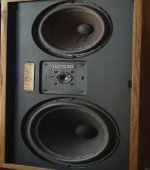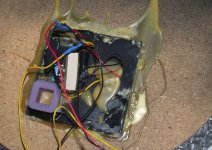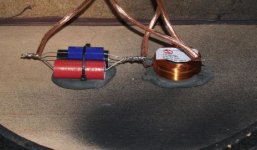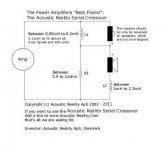And the latest. Man these speakers sound excellent. So natural, so real, so palpable. These truly do a better job than my NHT 2.9's or my modded Martin Logan SL3's... By a long shot!
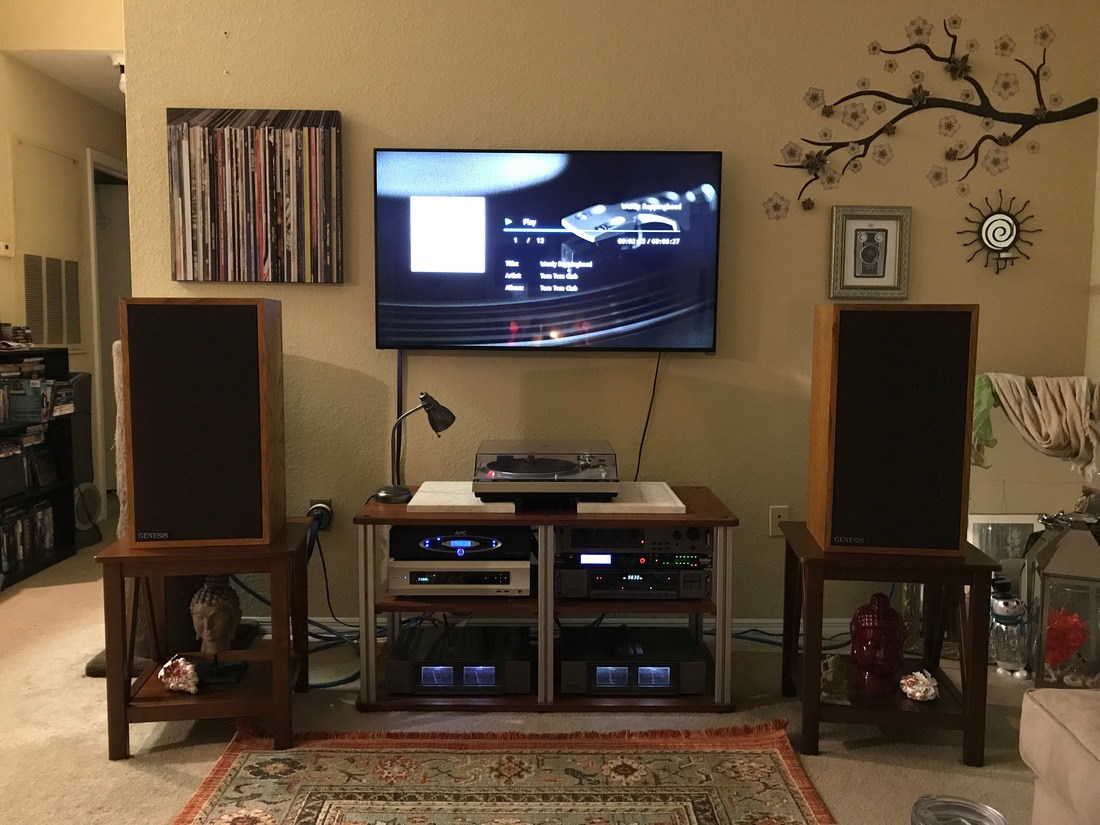
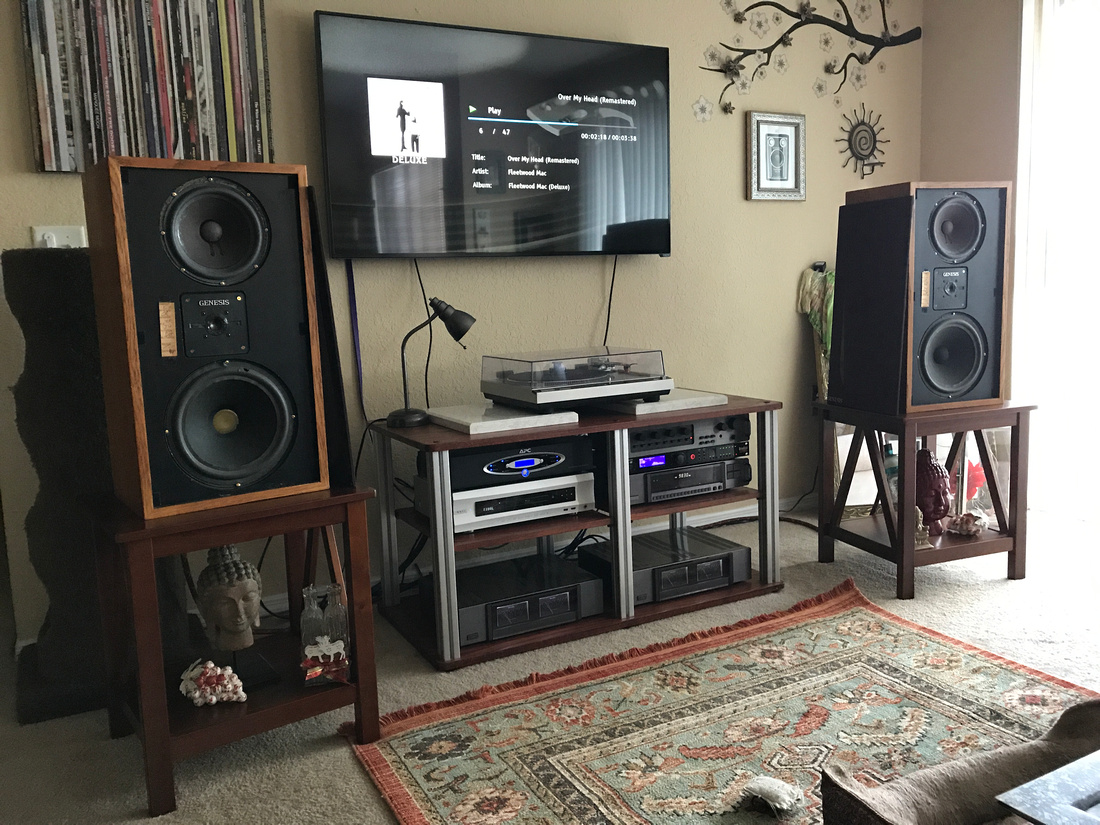
And no, no subs at all.
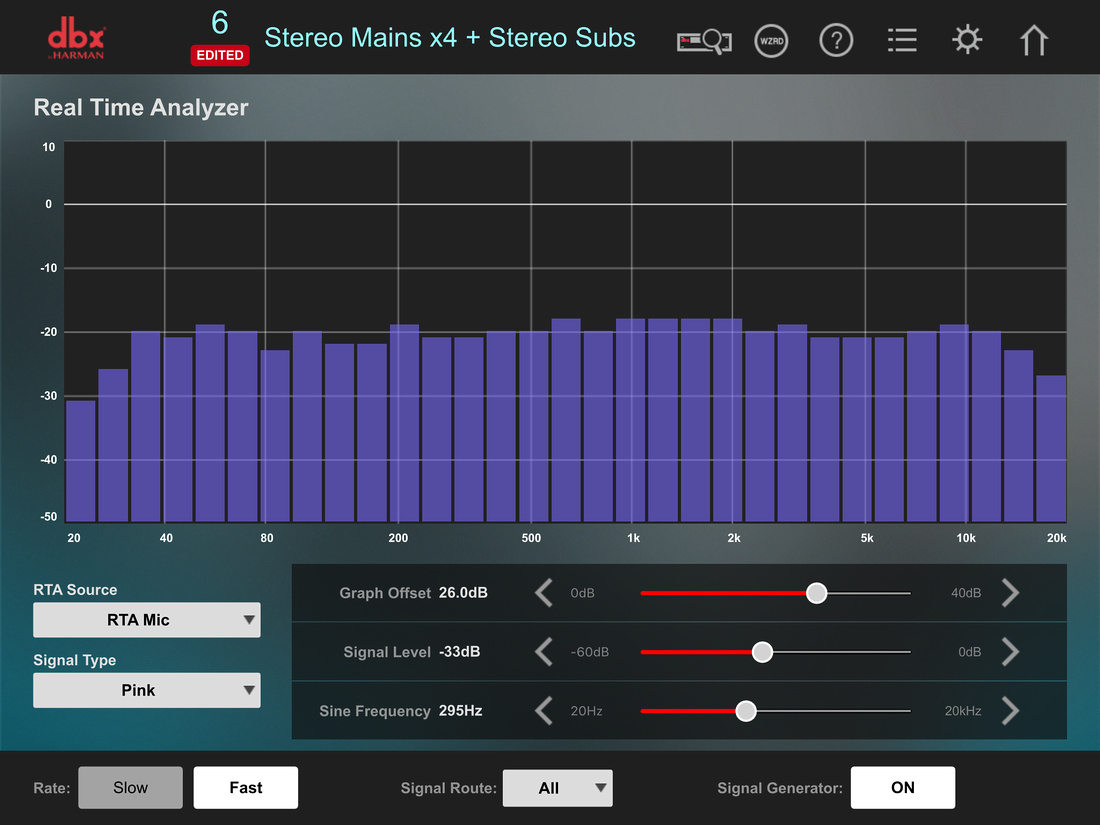


And no, no subs at all.

I'm still working on fine tuning these wonderful speakers. I just ordered a pair of Janzten 10uF Z-Superior caps to replace/upgrade the cascade bypass bundle I have in there now, which also includes a 1uF Z-Superior cap.
There's also going to be a few more little tweaks here and there in the near future for these babies!
There's also going to be a few more little tweaks here and there in the near future for these babies!
An externally hosted image should be here but it was not working when we last tested it.
And after some more research, I settled on a pair of these Jantzen wax foil inductors to finish off the crossovers. These and the caps should be here by Thursday the 1st. Hopefully, after getting back from Cars & Coffee, I'll be able to start the swap out with these new components.
An externally hosted image should be here but it was not working when we last tested it.
Whether people are responding to this thread or not, I'm still updating it.
The goods came in today. Will be installed this weekend...



The goods came in today. Will be installed this weekend...



I'm sure all these component "upgrades" make the tweeters tweetier and the basses bassier, but really. Where's the crossover schematic? You must have traced it. 😀
No help to anyone really. Sorry to grouch. 😱
No help to anyone really. Sorry to grouch. 😱
Where's the crossover schematic?
What you're looking at above IS the schematic. That's all there is to the crossover. Just two components
No help to anyone really. Sorry to grouch. 😱
You're absolutely wrong. It IS helpful to some. Do you honestly think I'm the only one out there with these speakers?
Let's start again. I have no idea what you are doing here. And, really, I am quite experienced in these things. 😕
I see far more than two components in the original crossover.
I would also be surprised to find just two elements in a three way speaker. OK, there are some simple configurations like simplistic series crossovers like the AR-SXO which mainly rely on drivers that can run near fullrange in the first place, but really I have no idea what is going on here.
Your two element 0.47mH/10uF replacement filter is therefore surprising, and I have no idea how it is wired or to which drivers.
I see far more than two components in the original crossover.
I would also be surprised to find just two elements in a three way speaker. OK, there are some simple configurations like simplistic series crossovers like the AR-SXO which mainly rely on drivers that can run near fullrange in the first place, but really I have no idea what is going on here.
Your two element 0.47mH/10uF replacement filter is therefore surprising, and I have no idea how it is wired or to which drivers.
Attachments
Let's start again. I have no idea what you are doing here. And, really, I am quite experienced in these things. 😕
Umm... 🙄
I see far more than two components in the original crossover.
The tweeter attenuation circuit was omitted, leaving only the 10uF cap and 0.47mH inductor.
I would also be surprised to find just two elements in a three way speaker. OK, there are some simple configurations like simplistic series crossovers like the AR-SXO which mainly rely on drivers that can run near fullrange in the first place, but really I have no idea what is going on here.
It's not a 3-way system. It's a 2-way with a passive radiator. The woofer is wired directly to the amp, so it in fact runs fullrange.
Your two element 0.47mH/10uF replacement filter is therefore surprising, and I have no idea how it is wired or to which drivers.
The crossover is ONLY for the tweeter.
Next time, you may want to do some research before questioning someone and their thread. It won't make you look so... Well, you know. For someone who claims to be "quite experienced", your two posts here makes you look not so experienced at all.
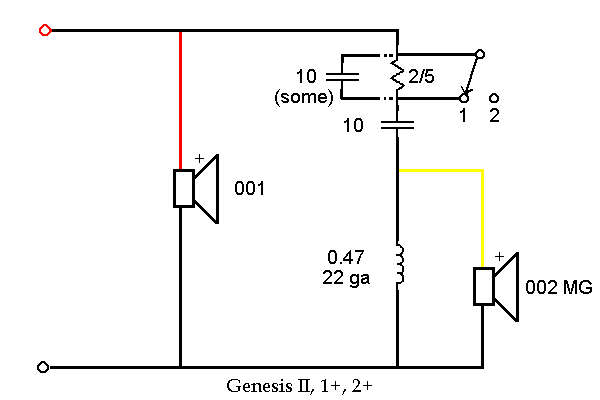
Steve - FYI, the schematic that Charles posted was directly from HUMAN Speakers: Genesis Model 2
Huw has been involved with this particular loudspeaker family tree for a while now - as in since before Genesis' Chapter 11 in approx '87, so he knows whereof he speaks.
Charles: we await your impressions of the improvements afforded by the upgrades XO parts. I fondly remember selling the Genesis, Burhoe and EPI / Epicure product lines back in the mid 70s, and owned at least a couple of pairs of EPIs before I started wasting a couple of decades and many tens of thousands of $ chasing that brass ring before eventually stepping off that merry-go-round to catch my bearings.
Huw has been involved with this particular loudspeaker family tree for a while now - as in since before Genesis' Chapter 11 in approx '87, so he knows whereof he speaks.
Charles: we await your impressions of the improvements afforded by the upgrades XO parts. I fondly remember selling the Genesis, Burhoe and EPI / Epicure product lines back in the mid 70s, and owned at least a couple of pairs of EPIs before I started wasting a couple of decades and many tens of thousands of $ chasing that brass ring before eventually stepping off that merry-go-round to catch my bearings.
Last edited:
The only problem I see is there wasn't nearly enough glue used in the crossover. 😉
Isn't that crazy?! Someone was way too happy with the glue. I kind of doubt that was done at the factory. I had to take a huge flat blade screw driver and a hammer to them to get that crap off of there.
I'll just be using more of that duct seal to hold the new components in place like last time. Works great!
Steve - FYI, the schematic that Charles posted was directly from HUMAN Speakers: Genesis Model 2
Huw has been involved with this particular loudspeaker family tree for a while now - as in since before Genesis' Chapter 11 in approx '87, so he knows whereof he speaks.
Charles: we await your impressions of the improvements afforded by the upgrades XO parts. I fondly remember selling the Genesis, Burhoe and EPI / Epicure product lines back in the mid 70s, and owned at least a couple of pairs of EPIs before I started wasting a couple of decades and many tens of thousands of $ chasing that brass ring before eventually stepping off that merry-go-round to catch my bearings.
Would you believe that I have never heard of Burhoe Acoustic until your post. They look very interesting, especially those inverted dome mids and tweeters. They must not have been around a long time though as I can't hardly find anything about them on the ole' inter-webs.
chops - as Huw summarizes here, HUMAN Speakers: Support for Burhoe Acoustics Burhoe was a very short lived excercise of Winslow’s after selling the EPI brand -eventually to the Harman monolith. He no doubt had lots of other adventures along the way, and is still up to fooling around with variations / refinements of early ideas Direct Acoustics >> Companies Influenced
So any resemblance between the EPI driver modules, those seen in the Burhoe labelled products and the Genesis is entirely genetic😉
I’ll openly admit that several of my recent and quite fun builds have been inspired by designs and configurations of his from the 70s.
So any resemblance between the EPI driver modules, those seen in the Burhoe labelled products and the Genesis is entirely genetic😉
I’ll openly admit that several of my recent and quite fun builds have been inspired by designs and configurations of his from the 70s.
Last edited:
Speaking of upgraded parts, here they are in all their glory.
I guess it was true about using cascade bypass designs like I did makes a bit of a "smearing" effect. Even though the treble always sounded great, there was a very slight, barely noticeable "fizzy" sound on the leading edge of the treble. That is now completely gone. Nothing left but absolute clean treble.
That's about all I can say right now. People say it takes upwards of 300 hours for these caps to fully burn-in, and probably similar time for the wax-foil inductors. That's be roughly 2 weeks for me since my system is up and running literally 24/7/365.
Anyway, a few pics...







I guess it was true about using cascade bypass designs like I did makes a bit of a "smearing" effect. Even though the treble always sounded great, there was a very slight, barely noticeable "fizzy" sound on the leading edge of the treble. That is now completely gone. Nothing left but absolute clean treble.
That's about all I can say right now. People say it takes upwards of 300 hours for these caps to fully burn-in, and probably similar time for the wax-foil inductors. That's be roughly 2 weeks for me since my system is up and running literally 24/7/365.
Anyway, a few pics...







Great job, chops! I'm thinking about building cabinets for a set of Genesis II drivers. How thick is the wood used for the walls of those stock cabinets?
So, you can skip the resistors attached to the tweeter completely?
So, you can skip the resistors attached to the tweeter completely?
that'd be 3/4" particle board
I think the purpose of resistor network as seen in original XO schematic Charles post was described by Huw here:
HUMAN Speakers: Crossover Symbol Usage Key


Three and two position switches
It was the height of fashion in the 70's to provide switches (and potentiometers, below) to allow "frequency contouring" to the owner's taste, or to compensate for room acoustics. In my opinion, these should be set to "normal," or bypassed (see below). This is the flat setting, the way the speakers were designed to sound.
So, in short - yes you could probably skip them altogether
Charles - I particularly like the crossover damping material 😉
I think the purpose of resistor network as seen in original XO schematic Charles post was described by Huw here:
HUMAN Speakers: Crossover Symbol Usage Key


Three and two position switches
It was the height of fashion in the 70's to provide switches (and potentiometers, below) to allow "frequency contouring" to the owner's taste, or to compensate for room acoustics. In my opinion, these should be set to "normal," or bypassed (see below). This is the flat setting, the way the speakers were designed to sound.
So, in short - yes you could probably skip them altogether
Charles - I particularly like the crossover damping material 😉
Interesting. Certainly, a lot of them had the attenuation switches that, to my ear, didn’t exactly offer much of a use. I have the drivers, which were shared in common by the twos the two pluses, the 20s and the 210s. The twos seem to be a favorite (and are the only ones with the tweeter in the middle). I’ve tried to research the advantage to moving the tweeter to the top and I guess it just relates to trends towards floor speakers and raising the tweeter axis, but I thought of raising these up a bit anyway, as you have them.
Thanks for sharing the info!
Thanks for sharing the info!
Great job, chops! I'm thinking about building cabinets for a set of Genesis II drivers. How thick is the wood used for the walls of those stock cabinets?
So, you can skip the resistors attached to the tweeter completely?
Thank you!
Yes, as Chris mentioned, the enclosures are made of 0.75" particle board. And also as Chris mentioned, the resistors can simply be bypassed/deleted.
When they were in their stock form, I always left the switch on the back at "Flat" or whatever it said on there.
If I were to build new enclosures for these, I would use 1" baltic birch plywood with some form of internal bracing. I would double up on the front baffle and go with 2" total thickness as well as have the baffle come up flush with the edges of the enclosure. I would also keep the driver arrangement as is, but either make them mirror imaged or put them all inline in the center of the baffle.
The stock enclosures are well built however. Yes, you can feel all of the panels vibrate with the music, but I can't help to think the enclosures are coloring the overall sound enough to notice. I'm sure I'm getting more colorations from the room than I am from the enclosures.
Charles - for a new enclosure 1" might be overkill for BB plywood, I'd think nominal 3/4" with bracing should be more than sufficient, and I'd definitely eliminate the recess of the front baffle.
As for driver placement, I'd be inclined to at least mirror an offset the tweeters - is there room to do the same with the woofer and PR?
Gee, I could almost get excited about a project like this.
As for driver placement, I'd be inclined to at least mirror an offset the tweeters - is there room to do the same with the woofer and PR?
Gee, I could almost get excited about a project like this.
Charles - for a new enclosure 1" might be overkill for BB plywood, I'd think nominal 3/4" with bracing should be more than sufficient, and I'd definitely eliminate the recess of the front baffle.
As for driver placement, I'd be inclined to at least mirror an offset the tweeters - is there room to do the same with the woofer and PR?
Gee, I could almost get excited about a project like this.
Chris, I'm half German, so I'm all about overboard. LOL I mean, just look at what I've invested in parts alone just for the tweeter crossover. 😀
You're probably right though. 0.75" BB would be more than enough. Maybe do 1.5" BB for the front and rear. I would also want to create an internal diffuser panel behind the woofer as well. In the end, I would expect these new enclosures to probably weigh in above 70 lbs each, at least double what they are now. With that diffuser panel in there, that's more air space taken up, meaning the enclosures would have to be larger, which I'm totally fine with that.
Damn, I think I've just talked myself into a future project. One that takes the already glorious modded Genesis II's to a whole new level.
They really are THAT good and I really DO want to take them as far as I can.
I'll have to talk to my buddy that has not one, but THREE different CNC machines and use them to create the various boards and baffles. 😎
- Status
- Not open for further replies.
- Home
- Loudspeakers
- Multi-Way
- Genesis Physics II rebuild and update...
